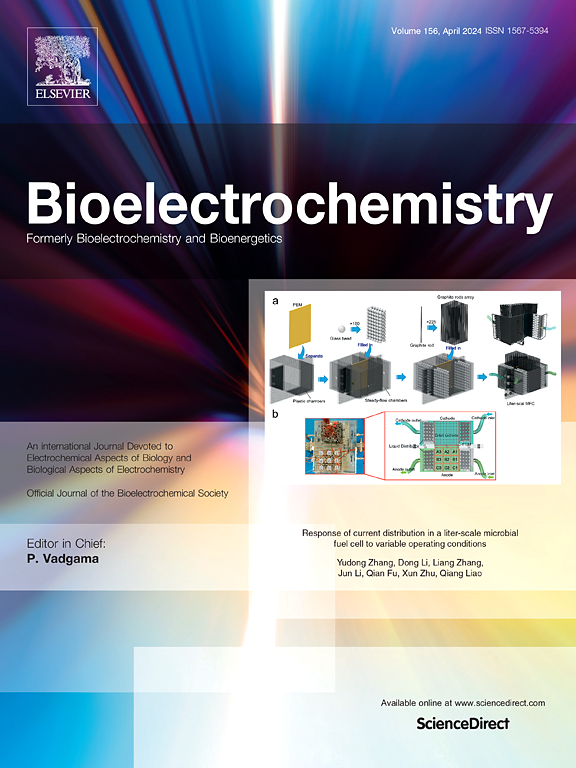硫酸盐还原菌和产甲烷古菌微生物群落对碳钢的协同腐蚀
IF 4.5
2区 化学
Q1 BIOCHEMISTRY & MOLECULAR BIOLOGY
引用次数: 0
摘要
通过失重试验、电化学测量、表面分析和宏基因组分析,研究了硫酸盐还原菌(SRB)和产甲烷古菌(MA)对碳钢腐蚀的影响。结果表明,SRB和MA在腐蚀过程中表现出协同作用。这导致SRB + MA组的腐蚀失重显著增加(16.05 mg/cm2),是SRB组(1.86 mg/cm2)的8.64倍,是MA组(10.14 mg/cm2)的1.58倍。这种协同效应可以归因于SRB和MA对腐蚀产物形成的影响,在混合组中产生更多的腐蚀产物,如FeS。此外,混合组中碳钢与微生物之间的电子传递过程进一步增强了碳钢的腐蚀。本文章由计算机程序翻译,如有差异,请以英文原文为准。

The synergistic corrosion of carbon steel by sulfate-reducing bacteria and methanogenic archaea microbial communities
The impact of sulfate-reducing bacteria (SRB) and methanogenic archaea (MA) on the corrosion of carbon steel was examined through weight loss tests, electrochemical measurements, surface analyses, and metagenomic analyses. The findings indicated that SRB and MA exhibited a synergistic effect on the corrosion process. This resulted in a significant increase in corrosion weight loss in the SRB + MA group (16.05 mg/cm2), which was 8.64 times that of the SRB group (1.86 mg/cm2) and 1.58 times that of the MA group (10.14 mg/cm2). This synergistic effect can be attributed to the influence of SRB and MA on the formation of corrosion products, producing more corrosion products such as FeS in the mixed group. In addition, the corrosion of carbon steel is further enhanced by electron transfer process between carbon steel and microorganisms in the mixed group.
求助全文
通过发布文献求助,成功后即可免费获取论文全文。
去求助
来源期刊

Bioelectrochemistry
生物-电化学
CiteScore
9.10
自引率
6.00%
发文量
238
审稿时长
38 days
期刊介绍:
An International Journal Devoted to Electrochemical Aspects of Biology and Biological Aspects of Electrochemistry
Bioelectrochemistry is an international journal devoted to electrochemical principles in biology and biological aspects of electrochemistry. It publishes experimental and theoretical papers dealing with the electrochemical aspects of:
• Electrified interfaces (electric double layers, adsorption, electron transfer, protein electrochemistry, basic principles of biosensors, biosensor interfaces and bio-nanosensor design and construction.
• Electric and magnetic field effects (field-dependent processes, field interactions with molecules, intramolecular field effects, sensory systems for electric and magnetic fields, molecular and cellular mechanisms)
• Bioenergetics and signal transduction (energy conversion, photosynthetic and visual membranes)
• Biomembranes and model membranes (thermodynamics and mechanics, membrane transport, electroporation, fusion and insertion)
• Electrochemical applications in medicine and biotechnology (drug delivery and gene transfer to cells and tissues, iontophoresis, skin electroporation, injury and repair).
• Organization and use of arrays in-vitro and in-vivo, including as part of feedback control.
• Electrochemical interrogation of biofilms as generated by microorganisms and tissue reaction associated with medical implants.
 求助内容:
求助内容: 应助结果提醒方式:
应助结果提醒方式:


